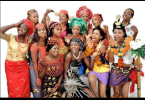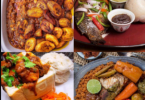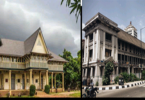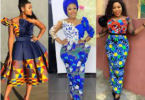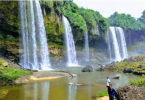Nigerians home and abroad have always been fashionable. It is quite clear that wherever Nigerians are found across the globe, they make all-round bold statements. In academic performance, in fashion, in the media, in politics, in sports – name it. Citizens of Nigerian origin always seem to stand out. And so has the evolution of Nigerian fashion. It has followed a unique trail in which traditional attires have evolved alongside western fashion and refused to be ignored. You can call it fashion tourism.
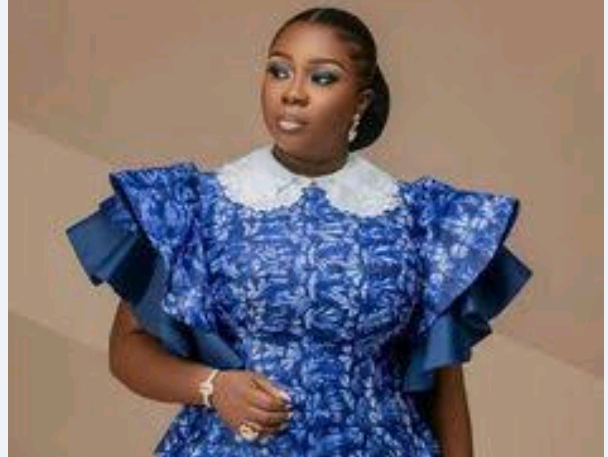

Not only that, certain fashion trends have gone only to return, defiantly challenging the status quo and re-inventing themselves. What we have today is a fashion bouquet of the past and present merging into one another. An endless variety of style and colors have emerged from the old and new worlds. It has paved the way for more creativity and boldness amongst fashion designers and enthusiasts today.
From Colonial Nigeria till Now: Evolution of Nigerian Fashion Over the Decades
In the 1960s
While Nigeria was still in the throes of colonization, the local people were in no hurry to change their native dressing styles. They maintained their local clothes and hairstyles, according to their unique traditions, peculiar geographical locations and religious influences. But their children who went to the British-run schools gradually took on the fashion experiment, imitating the Europeans. This was far more evident in the Southeast, Southwest and South-South regions of Nigeria.
Long gowns and fitted dresses complemented with wide-brimmed hats, spiked heels and platform shoes were common amongst ladies. It was also the age of the Afro haircut and permed hair. And soon enough, the rave of mini skirts and dresses took over. Men on their part indulged in bell-bottom trousers with narrow hips, platform shoes and colorful, slim-fit shirts. The iconic afro haircut was the trademark of a sixties youth for both genders.
In the 1970s
Within one decade, the youths indirectly challenged the lack of interest in western fashion by the indigenous Nigerian people. The ‘Oleku’ style bursted into the scene of Yoruba women’s fashion and became a nationwide curiosity. It was the age of mini-wrappers. A loose-sleeved lace blouse (buba) and knee-length (or above the knee) wrapper, paired with native Aso-oke head-gear and shawl. Beads and matching earrings finished off the dashing look.
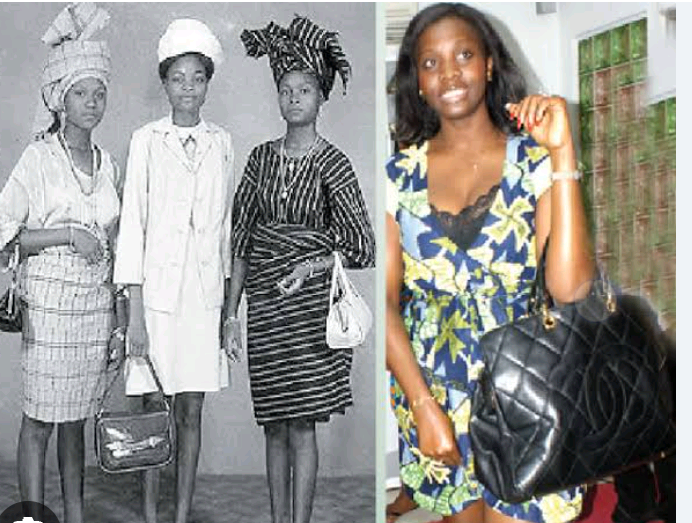

The Igbo women were extra proud to tie their double Ankara and George wrappers, damask head-gears and stylish short-sleeved blouses any day. These blouses were made out of lace or some other quality material. Much of this traditional outfit is still worn today with some improvements in style and material.
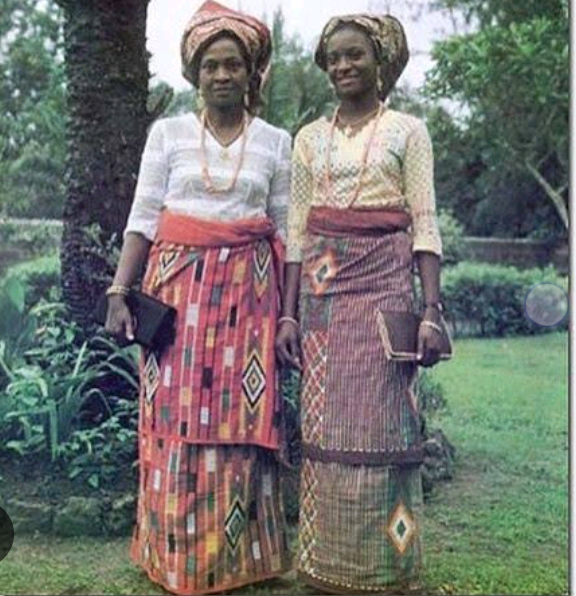

While Yoruba and Hausa men wore their loose gowns and long blouses (Agbada and Dashiki) over long trousers, and with decorated caps. Igbo men donned their Isiagu tops (velvet, suede or Ankara material with lion/leopard heads printed on it) on trousers and native wrappers. Decorated hats, and unique caps with pom-pom or pointed tops accompanied it. In later times, senator tops and suits would quickly join the class of revered clothes amongst all men of the South-South and Southeast regions of Nigeria.


In general, this generation appeared more regal than their parents. But head coverings remained a prominent part of Nigerian traditional fashion (and still does even today).
All of these did not affect the influence of western fashion that had taken root. Permed hair and jerry curls were everywhere. Jumpsuits, turtlenecks, color-matching of shoes and other accessories with clothes became stock-in-trade amongst both sexes. Native women continued to brandish their cornrows and stylish threaded hairstyles.
In the 1980s
In the 80s, people wore extra-large of everything. This was due to American-style clothes of that era made popular through television shows and movies. It just had to be bogus. Extra-large tennis, shoes, jewelry, trousers, skirts, bags, tops, gowns and flashy colors. Boisterous perms and bold (even weird) haircuts were quite common. And wherever people wore slim-fit clothes – the colors spoke very loudly. The mini-skirt and micro-skirt of course refused to go away.
In the 1990s
American dress sense and hip hop culture continued to influence modern Nigerian fashion during this period. But the bogus clothes gradually took a back seat, and clothes became more stylish. Mini- and micro-skirts and knee-length dresses were going nowhere. Men opted for lower cuts, putting away the loud perms and hairstyles of the past.
Curiously enough, the sixties and seventies fashion creeped back into the scene. Palazzo and bell-bottom trousers and jeans of the 80s; flat ballet shoes, and tank tops returned and have stayed ever since.
The native boubou (imported from francophone West Africa) and flared tops became extremely popular amongst Nigerian women across the nation. And Ankara fabrics took a dominant place in Nigerian traditional fashion in this era, along with the ‘Aso ebi’ culture (group wear). That trend continues to wax stronger even today.
Nigerian Fashion in Contemporary Society: The Latest Trends Of the 21st Century
There are now meeting points between western and traditional Nigerian fashion in the 2000s era. Frankly speaking, it is no longer strange to see men and women dressed in a well-blended mix of native and western fashion accessories, from head to toe.
An American or British-style suit or gown created out of native Ankara or Batik. Peplum or shaped tops, stylish skirts and gowns made out of native materials; and paired with conspicuous, colorful neck beads. Beautiful veils, turbans and scarfs that effortlessly go with native attires, casual and formal clothing.
And not to forget bags and shoes proudly made with Nigerian fabrics, beads and/or other native material (like raffia), in different sizes. These compete side-by-side with other bags and shoes of various shapes and sizes fashioned out of leather and plastic.
Don’t be surprised either to see a man dressed in native senator or agbada attire wearing tennis or sneakers! Or a woman wearing an Ankara or Batik top, brandishing tennis shoes or sneakers beneath jeans pumps or legging trousers. These are all common sights that have unapologetically sealed the marriage between western and traditional Nigerian fashion in this day and age.


Another noticeable trend in modern Nigerian fashion is the widespread practice of maintaining natural hair, even wearing them as dreadlocks. Also, more people have ditched relaxers and opted for protective hairstyles such as weaveons, Ghana weaves, cornrows, braids and wigs.
Nigerian Fashion: A Clear Vehicle to Showcase the Indomitable Nigerian Spirit
The evolution of Nigerian fashion continues even beyond the shores of this country. Both the native styles and clothing – and the emerging creative blend – are running in parallel. They are gradually carving a niche for Nigerian fashion at home and in the international community like faithful ambassadors that they truly are. We appreciate the influence, exciting colors and tailoring skills that came via British and American colonization, no doubt. But Nigerians cannot sacrifice their identity.
At least not their traditional fashion styles and the noble stories of ancient wisdom they tell. Nor the fact that Nigerians can scale the existing cultural divides and still prosper anywhere on Earth. Proving we are resilient, intelligent agents of change and advancement everywhere, and are ready to prove it. Nigerian fashion and clothes speak just that language. Even in our fashion, we prove that we can rise above the storm and prosper.


